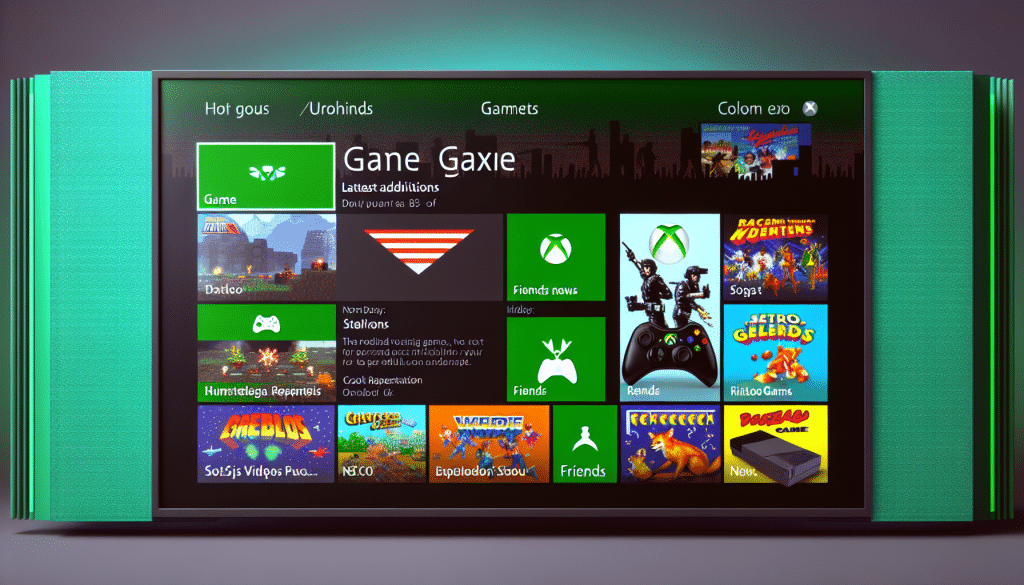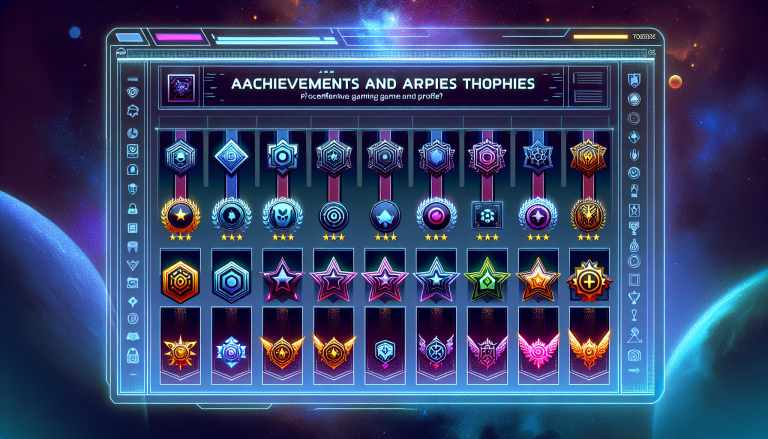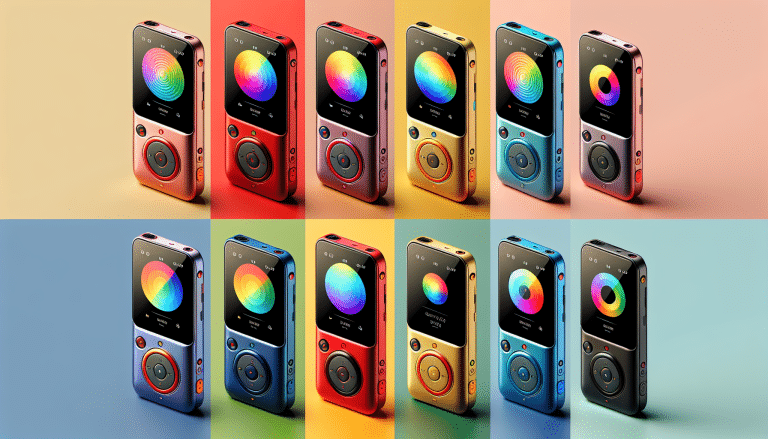Understanding Artificial Scarcity and Its Impact on Consumer Behavior
Artificial scarcity is a fascinating marketing concept that plays a significant role in shaping consumer behavior. But what exactly is artificial scarcity? This term refers to the deliberate reduction in the production or distribution of a particular product or service, creating a perception of limited availability. The primary goal here is to stimulate demand by making consumers feel that they’re in a race against time to secure a rare commodity.
Now, you may wonder, “Why would a business intentionally limit the availability of its own product?” Well, the reason is rooted in basic human psychology. The scarcity principle suggests that when something is hard to obtain, it becomes more desirable. Thus, creating an illusion of scarcity can make a product or service appear more valuable than it actually is, encouraging buyers to act quickly or risk missing out.
- Increased perceived value: The scarcity of a product can significantly elevate its perceived value. When consumers believe that a product is in short supply, they may infer that it is of higher quality or exclusive, further stoking their desire to own it.
- Fear of Missing Out (FOMO): Artificial scarcity triggers a sense of urgency, causing consumers to experience FOMO. This fear can compel them to make purchases quickly to avoid disappointment.
- Impulse buying: The sense of urgency created by artificial scarcity can often lead to impulse buying. Consumers tend to make quicker buying decisions when they believe that a product is about to run out.
Although artificial scarcity can be an effective marketing tool when used correctly, it’s essential to strike a careful balance. Excessive use of this strategy can backfire, leading to customer frustration and diminished trust in your brand. Remember, the goal is to create an exciting buying atmosphere without causing undue stress or disappointment for your customers.
So, as a marketer or business owner, it’s crucial to understand the concept of artificial scarcity and use it wisely to influence consumer behavior positively. This understanding will help you devise successful marketing strategies that drive sales while maintaining customer satisfaction and trust.
Innovative Techniques for Implementing Artificial Scarcity in Ads
If you’ve ever found yourself scrambling to secure a limited-edition item before it sells out, you’ve experienced the power of artificial scarcity firsthand. Businesses use this technique to increase demand for their products by creating a sense of urgency among consumers. But, how can you successfully implement artificial scarcity in your advertisements? Let’s dive into some innovative techniques!
1. Limited Time Offers
Nothing screams “get it now” louder than a ticking clock. Limited time offers are one of the most effective ways to implement artificial scarcity. You’re not only making your product or service appear scarce, but you’re also giving your consumers a deadline. This approach encourages quick action, driving up demand and sales.
2. Exclusive Releases
Another innovative technique is to offer exclusive releases. Launching a product or service for a limited period, or making it available only to a select group of people, can intensify the desire to be part of the ‘exclusive club’. Remember, people are drawn to things that are hard to get, and exclusivity can create an impression of high value.
3. Limited Stock Notifications
A great way to harness artificial scarcity in your ads is through limited stock notifications. Showing real-time inventory, or notifying customers when stock levels are running low, can create a sense of urgency and induce a ‘fear of missing out’ (FOMO) among your audience, prompting them to buy.
4. Seasonal Products
Seasonal products are another fantastic tool for creating artificial scarcity. By offering a product only during certain seasons or times, you’re inherently limiting its availability. This scarcity can increase the product’s perceived value and drive consumers to purchase before it’s no longer available.
5. Numbered Editions
Last but not least, consider numbered editions. Whether it’s a line of designer clothing or a unique piece of artwork, producing a limited number of items can create a huge demand. Consumers often perceive these items as more valuable, driving them to act fast before they’re gone.
Remember, the key to implementing artificial scarcity effectively is to be strategic and authentic. Don’t falsely advertise limited availability if it’s not the case – this could harm your brand’s reputation. Instead, use these techniques thoughtfully to create genuine demand and excitement for your products or services.
Case Studies: Successful Use of Artificial Scarcity in Advertising Campaigns
Let’s take a deep dive into some real-world examples where brands have masterfully used the concept of artificial scarcity to propel their ad campaigns to dizzying heights of success.
Nike’s Limited Edition Sneaker Releases
When it comes to creating a buzz using artificial scarcity, few can match the prowess of Nike. The sneaker giant often releases limited-edition styles that are swooped up in seconds, creating a frenzied demand and a thriving resale market. One such instance was the release of the Nike MAGs, famously known as the ‘Back to the Future’ shoes. Only 89 pairs were made available via lottery, turning them into an instant collector’s item and skyrocketing their value.
Apple’s Launch Strategy for iPhones
Apple has been a master at using artificial scarcity to its advantage. Remember the long lines of people camping outside Apple stores every time a new iPhone is launched? That’s a prime example of artificial scarcity driving consumer behavior. By controlling stock availability, Apple not only creates a sense of urgency but also enhances the perceived value of their products.
Starbucks’ Unicorn Frappuccino
Even the food and beverage industry isn’t immune to the lure of artificial scarcity. Case in point, Starbucks’ Unicorn Frappuccino. This psychedelic concoction was available for a mere five days, leading to an Instagram frenzy and a race to Starbucks outlets. The rarity and brief availability spurred customers to try it before it was gone, resulting in a successful limited-time offering.
Supreme’s ‘Drop’ Model
In the world of streetwear, no one does scarcity better than Supreme. The brand, known for its ‘drop’ model, releases a limited quantity of new items each week. These items sell out almost instantly, creating a sort of ritual for their fans who eagerly await each week’s drop. This approach has cultivated a dedicated following and made Supreme synonymous with exclusive streetwear.
These cases wonderfully illustrate how artificial scarcity can be a potent tool in a brand’s marketing arsenal. By creating urgency and exclusivity, businesses can significantly influence consumer demand and buying behavior.
Remember, the key to effectively implementing artificial scarcity in your advertising campaigns is balance. Overuse can lead to consumer scepticism, while underuse may not create the desired impact. Drawing inspiration from these successful brands, you can craft a strategy that best suits your products and audience.
Best Practices for Creating Urgency and Demand using Artificial Scarcity
Creating a sense of urgency and demand through artificial scarcity is a powerful marketing strategy. However, to yield successful results, it should be executed correctly. Let’s delve into the best practices for implementing artificial scarcity to strengthen your advertising efforts.
1. Authenticity is Key
First and foremost, it’s essential to ensure that your use of artificial scarcity feels authentic. Consumers are savvy and can often tell when a product’s scarcity is purely a marketing ploy. Whether you’re limiting the number of items sold or the time frame in which they’re available, make sure that the scarcity feels real.
2. Clear and Precise Communication
When using artificial scarcity, clarity in communication is crucial. Make sure your customers are fully informed about the constraints related to the product. Whether it’s a limited time offer or limited stock, be clear about the terms to avoid confusion and frustration later on.
3. Use Visual Aids
Visual cues can be incredibly effective in communicating scarcity. This could be a countdown timer for a sale, a ‘low stock’ indicator for a product, or even showing the number of people currently viewing a product. Visual aids reinforce the scarcity and urgency and can prompt consumers to act faster.
4. Leverage Social Proof
Combining artificial scarcity with social proof can drastically increase its effectiveness. Showcasing reviews, ratings, or even the number of people who have purchased the product can create an ‘everyone’s doing it’ mentality and encourage more purchases.
5. Keep it Rare
Finally, it’s important to remember to keep instances of artificial scarcity rare. If every product is always ‘almost out of stock’ or ‘on sale for a limited time’, the strategy loses its effectiveness. Keep your use of artificial scarcity occasional and unexpected to keep customers on their toes and maintain its impact.
By using artificial scarcity in a thoughtful and strategic way, you can create a sense of urgency and demand that drives consumers to act quickly. Remember, the goal is not to manipulate or deceive, but to highlight the desirability and value of your offerings, encouraging consumers to make a purchase they’ll be genuinely happy with.












